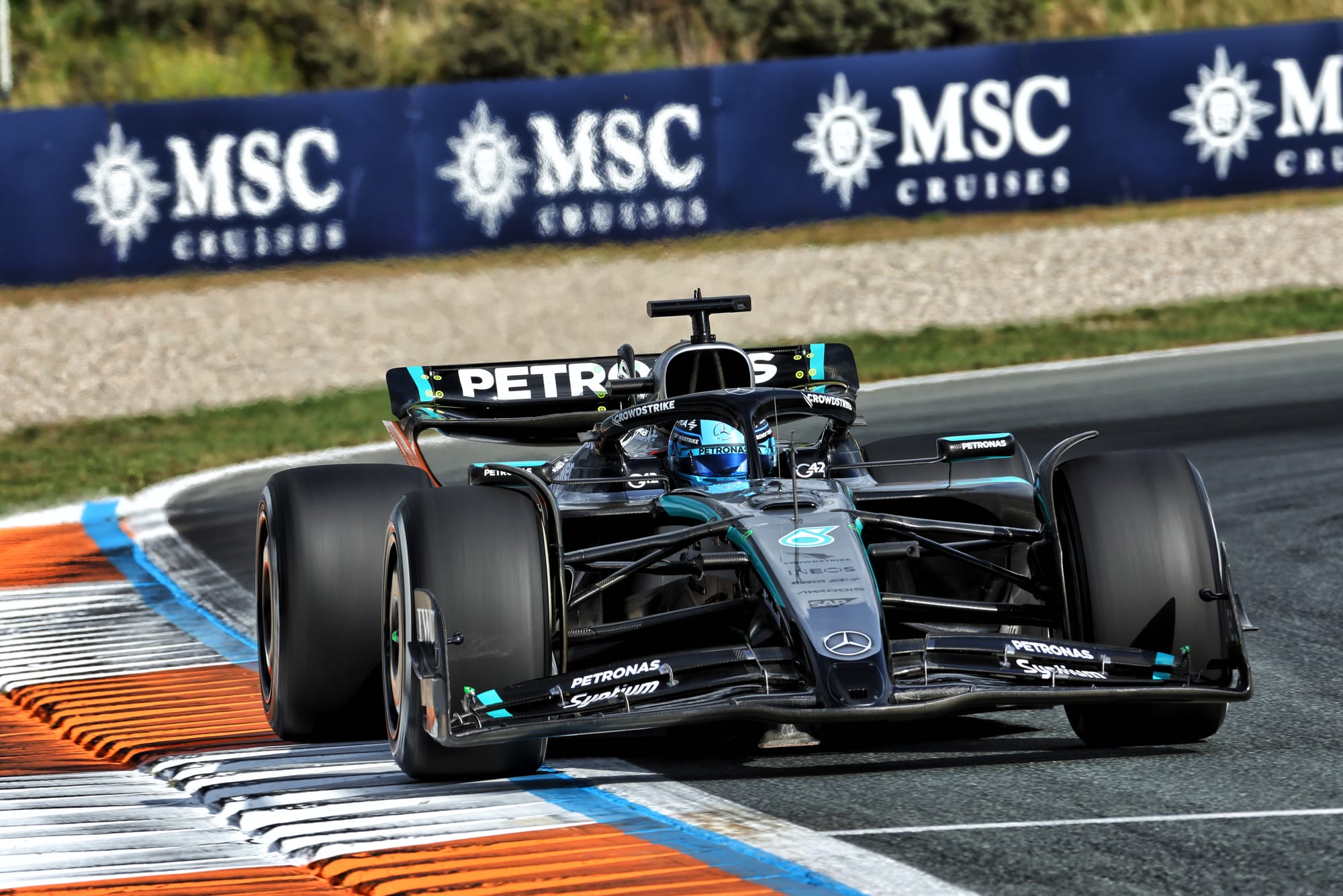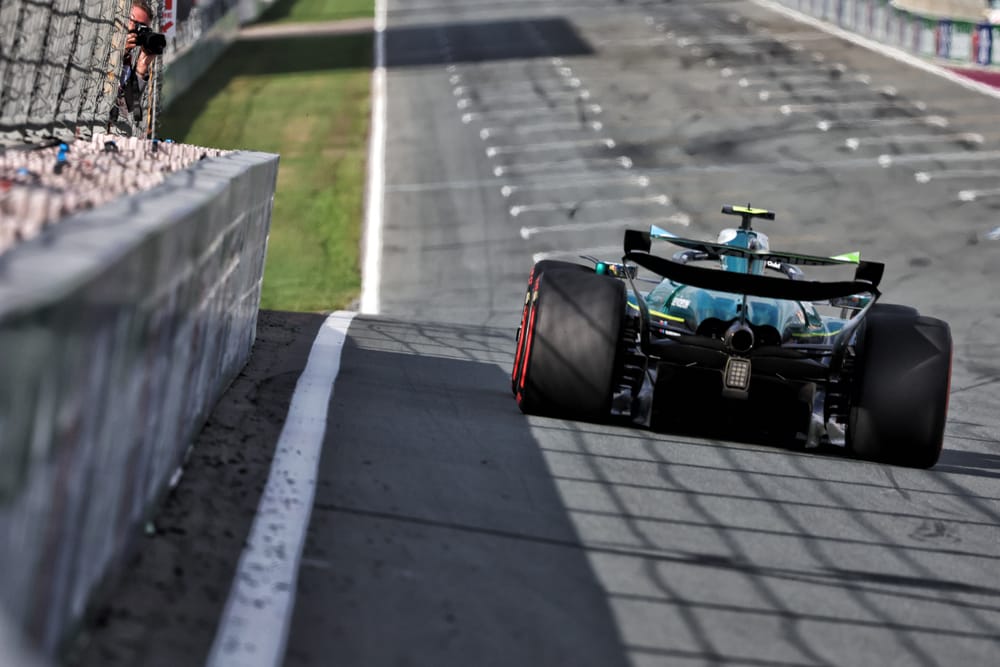Wind, threatening rain and a low-grip surface muddied the Zandvoort competitive picture on the first day of running, but perhaps the most noteworthy ringing bell amid the offs and red-flag interruptions was that of Aston Martin, with Fernando Alonso - on paper at least - the closest rival to McLaren's Lando Norris, who dominated both sessions.
Norris was comfortably fastest over a single lap and over a sequence of them. No particular surprise in that - other than the fact that team-mate Oscar Piastri seemed to be struggling a little to keep up.
On single-lap pace, he was consistently losing more time to Norris in the latter half of the lap than he’d gained over him on the first half, suggesting there might be some tyre management tidying up needed for Piastri to get his head around overnight.

There was quite a lot of set-up experimentation going on up and down the pitlane. Aston Martin was making back-to-back comparisons with its newest floor and the previous one, switching between Alonso and Lance Stroll from FP1 to FP2. Both were quick whenever they ran - behind McLaren but apparently ahead of Ferrari and Mercedes - though Stroll's heavy impact with the Turn 3 barriers brought his FP2 to an early close.
As in Hungary, it seems the Aston Martin in its current evolution performs well when loaded up with wing around circuits not too demanding of aero efficiency. This track has the third-highest laptime sensitivity to downforce on the calendar, behind only Monaco and the Hungaroring.
Dutch GP Friday long runs
1 Lando Norris (McLaren) 1m14.9s, 7 laps (medium)
2 Max Verstappen (Red Bull) 1m15.2s, 6 laps (soft)
3 George Russell (Mercedes) 1m15.3s, 9 laps (hard)
4 Lewis Hamilton (Ferrari) 1m15.5s, 5 laps (hard)
5 Fernando Alonso (Aston Martin) 1m15.5s, 3 laps (medium)
6 Oscar Piastri (McLaren) 1m15.6s, 5 laps (medium)
At Red Bull, Max Verstappen spent much of FP1 changing the front ride height and torsion bars. Aside from his usual complaint of low-speed understeer, the car became progressively better balanced through the day.
Although Verstappen's second-fastest long run time was flattered by being on the soft for a short enough duration for its greater deg not to be apparent, there is a genuine hope that, come Saturday, Red Bull can be pitching for best of the rest, even if it's not there yet.
George Russell's Mercedes, running super-low in FP1 but wildly oversteering, was running more conservatively in FP2 and looked an easier drive. The C3 hard tyre probably works better on the Mercedes (relative to the soft and medium) than on any other car, something reflected by his respectable nine-lap long-run on that tyre, with an average only around 0.4s off the medium-shod McLaren of Norris.

As at Aston Martin and Red Bull, the lead car was carrying much of the burden, with Kimi Antonelli's off early in FP1 keeping him out of play for the rest of the session.
Ferrari ran the first session conservatively with its ride height, explaining the lowly placing of Charles Leclerc and Lewis Hamilton in that session's headline times. But, going in the other direction to Mercedes by going lower, it was much closer to the pace in FP2, though Hamilton, in the faster of the SF-25s, was still thick end of a second adrift of Norris.
Although the forecast suggests a rain-interrupted race, if it's dry, there's no guarantee the increased pitlane speed limit and the one-step-softer move on tyre compounds will guarantee a two-stop race.
On a circuit with such a high laptime difference needed for an overtake, it could be another Hungary-like situation where the two-stop strategy is only quicker with a favourable number of laps in clear air.
As Carlos Sainz pointed out on Thursday, once enough drivers have decided to target a one-stop, it automatically makes that the prime strategy.



